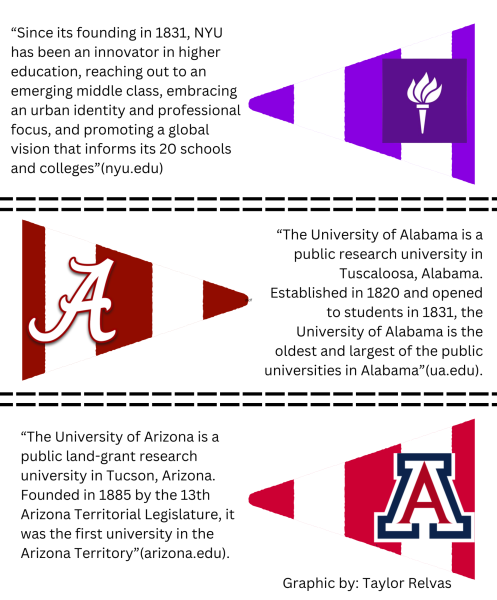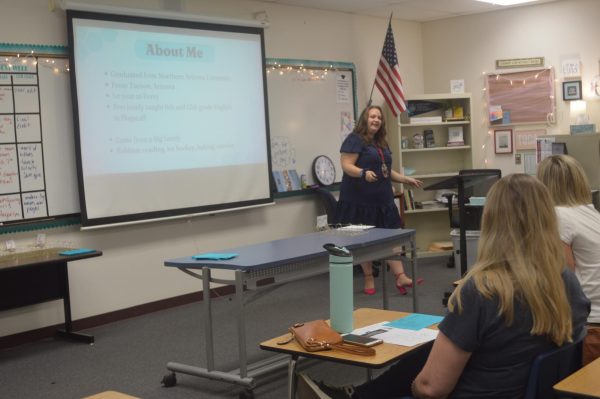Abstinence training full of misleading sexpectations
How did you learn about sex? If asked this question, most teenagers would respond with ‘from friends’ or ‘by watching TV’. Despite the fact that most high school students have taken a sex education course, they have learned more about sex from outside sources rather than in the classroom.
Every student is presented with the opportunity to take a two week sex education course through the school in their health class. Rather than thoroughly teaching about how to use contraception or the basics of sex, the program heavily focuses on one particular area of subject: abstinence.
In fact, the program is called “abstinence training”, rather than “sex ed”. Abstinence training is merely a scare factor, using endless powerpoints with gruesome photos of sexually transmitted diseases and the worst possibilities. They do not show students how to correctly put on a condom or explain how to use other forms of birth control.
They share nightmarish stories of teen parents who had to drop out of school to take care of their child. They do not show photos of happy mothers breaking that so-called precious abstinence promise by deciding to birth children.
A common activity in these classes is having students organize methods of safe sex from most effective to least. The ‘correct’ way of organization has unprotected sex on the low end of the spectrum and abstinence at the top.
While this activity mentions other methods, instructors make students feel that the only way to have safe sex is to not have sex at all.
Unfortunately, the course’s bias has resulted in many students being uneducated about sex, and as a result, funding for these courses has been cut.
Earlier this year, President Obama presented his national budget, which included a budget cut $10 million per year off of a grant used for abstinence only sex ed courses. This decision came after various studies revealed the discrepancies and inefficiency of such courses.
Advocates for Youth, an organization promoting good decision-making in teens, reveals that a 2004 report from the staff of the Government Reform committee showed federally-funded abstinence-only programs “distort information about the effectiveness of contraceptives, misrepresent the risks of abortion, blur religion and science, treat gender stereotypes as scientific fact, and contain basic scientific errors.”
Two weeks of reiterating the importance of abstinence and looking at horrific photos later, students are still as uneducated as they were before. This leads them to look for information from outside sources, such as friends and the internet, and often leaves them with a flawed perception of sex.
Sex ed courses need to teach information for a broader audience because the undeniable truth is that some teenagers do, will, and are going to have sex. So shouldn’t they be safe and informed while doing so?




